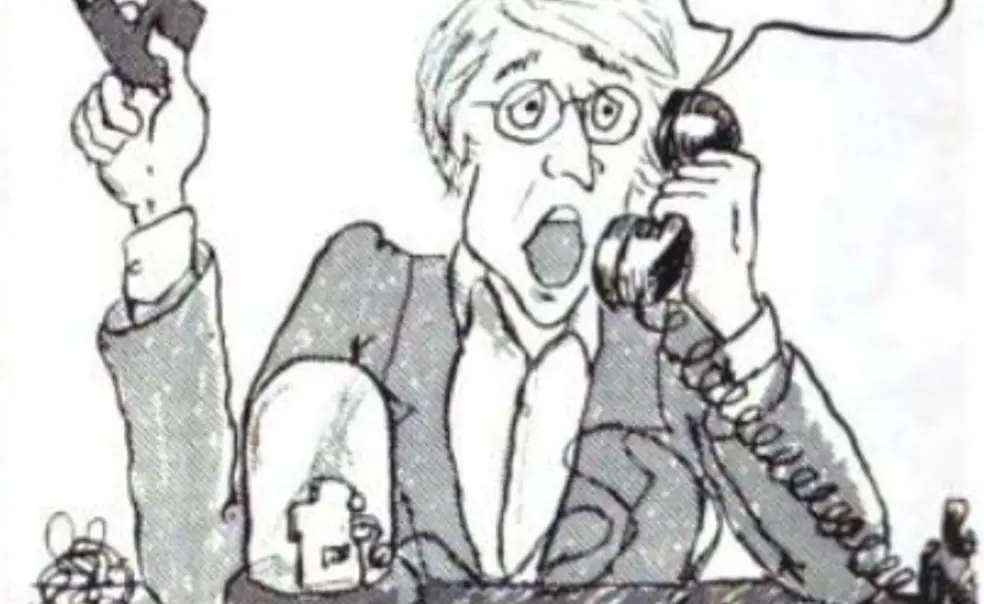Alan Blinder ’67 On the Presidential Futures Market
No one has seriously suggested Presidential futures as a hedge against inflation, but that’s what some faculty and graduate students in the Economics Department and the Wilson School are speculating in. Since September, under a system organized by economics professor Alan S. Blinder ’67, investors have been purchasing contracts for Carter, Kennedy, Mondale, Reagan, Ford, and Connally, as well as “other republicans” and “other democrats.” Each contract guarantees that the issuer will pay the bearer $1.00 if the “commodity” is elected. Investors not only try to buy contracts for the winning candidate, but also hope to buy when a contender’s chances are low and sell as they improve.
Mondale was included because some speculated that if a split should develop in the Democratic Party, Carter might choose not to run and back Mondale rather than Kennedy. Before the Iranian crisis, both Kennedy and Carter were selling in the low 30s – cents, that is – but during November and December the President surged to the mid-40s, while Kennedy dropped to the teens (he was last traded at 10). Lately, says Blinder, “The market has been moribund.”
Unlike soybeans and coca, the prices of these “commodities” seem to be influenced by personal references. Blunder admits, “Ronald Reagan has been underpriced…I sold him much too cheaply. Not I’m left holding the bag.”
Because the Presidential market opened before Bush and Anderson emerged as serious candidates, both were traded in the “other republicans” category. Where Anderson belongs now that he has decided to run as an independent, Blinder quips, “may be a matter for litigation.” In any case, some wags are suggesting that neither Anderson nor Bush should be sold short.
This was originally published in the May 5, 1980 issue of PAW.











No responses yet